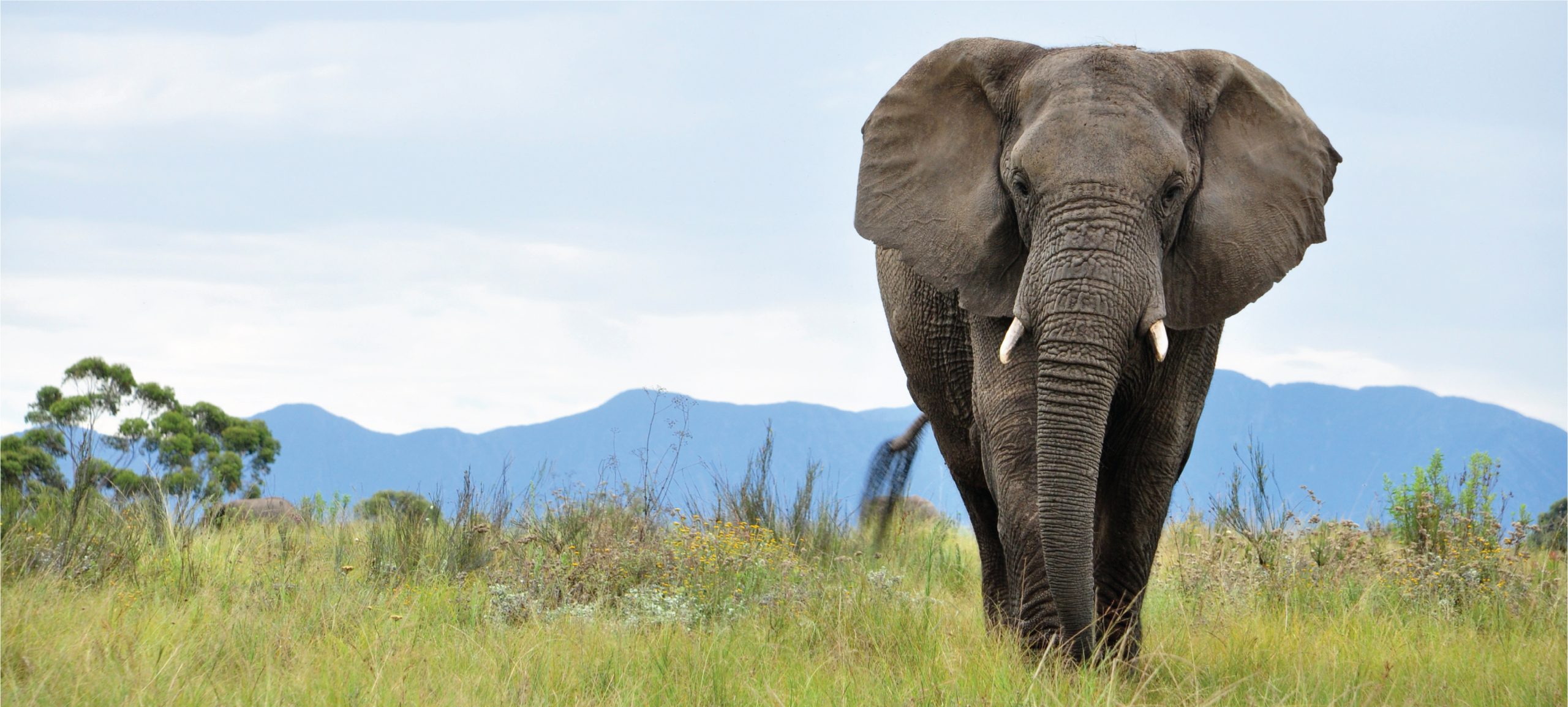Discover the fascinating world of the Central American Squirrel Monkey (<i>Saimiri oerstedii</i>), a vibrant species known for its playful demeanor and complex social behaviors. Native to the tropical rainforests of Costa Rica and Panama, these monkeys are vital for their ecosystem, serving as key seed dispersers and controlling insect populations. Learn about their unique adaptations, conservation challenges, and the role they play in maintaining ecological balance in their lush habitats.
Category: Mammals
Mammals are one of the most diverse and widespread classes of animals on Earth. Characterized by their warm-blooded nature, fur or hair, and the ability to nurse their young with milk produced by mammary glands, mammals occupy a vast array of environments across the globe. This category description explores the incredible diversity, adaptations, and ecological significance of mammals, highlighting their unique features and their crucial roles in ecosystems.
Diversity of Mammals
Mammals are an incredibly diverse group, with over 6,400 species ranging from the smallest shrews to the largest whales. This diversity is evident not only in their size but also in their morphology, behavior, and habitat preferences. Mammals can be found in nearly every type of environment on Earth, from the icy polar regions to the scorching deserts, and from the depths of the oceans to the highest mountain ranges.
Types of Mammals
Mammals are generally classified into three main groups based on their reproductive strategies:
Monotremes: These are egg-laying mammals, including species like the platypus and echidnas. They are among the most primitive mammals and are found only in Australia and New Guinea.
Marsupials: Marsupials give birth to underdeveloped young that typically complete their development in a pouch on the mother’s belly. Examples include kangaroos, koalas, and opossums. Most marsupials are found in Australia, though some species are native to the Americas.
Placentals: This group represents the majority of mammal species, where the young develop inside the mother’s womb and are nourished via a placenta. Placentals include a vast array of species, from rodents and bats to elephants and whales.
Adaptations and Evolutionary Success
Mammals have evolved a variety of adaptations that have allowed them to thrive in diverse environments. These adaptations include:
Endothermy (Warm-Bloodedness): Mammals can regulate their internal body temperature, allowing them to inhabit a wide range of climates, from the Arctic tundra to tropical rainforests.
Insulation: Fur or hair provides insulation, helping mammals maintain their body temperature in cold environments. In aquatic mammals like seals and whales, blubber (a thick layer of fat) serves the same purpose.
Sophisticated Nervous System: Mammals possess a highly developed brain and nervous system, enabling complex behaviors, social structures, and problem-solving abilities. This is particularly evident in species like primates, dolphins, and elephants.
Sensory Adaptations: Many mammals have highly developed senses that help them survive in their environments. For instance, bats use echolocation to navigate and hunt in the dark, while elephants have an acute sense of smell that helps them detect water sources over long distances.
Reproductive Strategies: Mammals have developed a range of reproductive strategies, from the large litters of rodents to the single offspring typical of elephants and whales. Parental care is also a hallmark of mammals, with many species investing significant time and resources into raising their young.
Habitat and Distribution
Mammals occupy a vast array of habitats, from terrestrial environments like forests, grasslands, and deserts, to aquatic environments such as rivers, lakes, and oceans. Some mammals, like bats, are even capable of sustained flight, enabling them to exploit aerial niches.
Terrestrial Mammals
Terrestrial mammals include a wide range of species, from small burrowing animals like moles to large predators like lions and bears. These mammals have adapted to various land-based environments, with some species developing specialized locomotion, such as the hopping of kangaroos or the climbing abilities of primates.
Aquatic Mammals
Aquatic mammals, including whales, dolphins, and seals, have evolved adaptations like streamlined bodies, flippers, and the ability to hold their breath for extended periods, allowing them to thrive in marine environments. Some, like beavers and otters, are semi-aquatic, living both on land and in water.
Arboreal Mammals
Arboreal mammals, such as monkeys, sloths, and squirrels, are adapted to life in the trees. These species often have strong, grasping limbs, prehensile tails, and excellent balance, which help them navigate the forest canopy.
Fossorial Mammals
Fossorial mammals, including species like moles and groundhogs, are adapted to digging and life underground. They have strong, shovel-like limbs and reduced eyesight, relying on other senses to navigate their dark environments.
Ecological Roles and Importance
Mammals play crucial roles in ecosystems around the world. As predators, prey, herbivores, and omnivores, they help maintain the balance of ecosystems and contribute to biodiversity.
Predators
Mammalian predators, such as lions, wolves, and orcas, are often at the top of their food chains. They regulate the populations of their prey, preventing overgrazing and promoting healthy ecosystems.
Herbivores
Herbivorous mammals, including deer, elephants, and rabbits, play a vital role in shaping vegetation communities. They disperse seeds, facilitate plant growth, and provide food for predators.
Pollinators and Seed Dispersers
Some mammals, like bats and certain rodents, are important pollinators and seed dispersers. By feeding on nectar or fruits, they help plants reproduce and spread across the landscape.
Ecosystem Engineers
Certain mammals, such as beavers and elephants, are considered ecosystem engineers because they significantly alter their environments. Beavers create wetlands by building dams, while elephants can transform landscapes by uprooting trees and creating water holes.
Conservation and Threats
Many mammal species are currently facing threats from habitat loss, climate change, hunting, and human-wildlife conflict. Conservation efforts are critical to protect these species and the ecosystems they inhabit.
Endangered Mammals
Numerous mammal species are listed as endangered, including iconic animals like tigers, rhinos, and orangutans. Conservation programs focus on habitat protection, anti-poaching measures, and breeding programs to prevent extinction.
Human-Wildlife Conflict
As human populations expand, conflicts between humans and mammals, such as predators attacking livestock or elephants raiding crops, have become more common. Addressing these conflicts is essential for the coexistence of humans and wildlife.
Climate Change Impact
Climate change is affecting mammal habitats, particularly for species in polar regions or those dependent on specific environmental conditions. Conservation strategies must consider the impacts of a changing climate on mammal populations.
Conclusion
Mammals are a diverse and fascinating group of animals that play vital roles in ecosystems across the globe. Their adaptability, complex behaviors, and ecological importance make them a key focus of conservation efforts. At UpCube Wildlife, we are committed to protecting these incredible creatures and their habitats, ensuring that future generations can continue to marvel at the wonders of the mammalian world. Whether you’re interested in learning more about specific species, exploring conservation initiatives, or discovering how you can help protect mammals, our website offers a wealth of information and resources. Explore the world of mammals with us and join the effort to conserve these remarkable animals for the future by visiting UpCube Wildlife.
Guianan Squirrel Monkey
Discover the intriguing world of the Guianan Squirrel Monkey (*Saimiri sciureus*), a small, vibrant primate native to the rainforests of South America. Known for their playful and social behavior, these monkeys thrive in groups, foraging for fruits and nuts while playing a crucial role in their ecosystem as seed dispersers. Despite being listed as "Least Concern," habitat destruction poses a threat, making conservation efforts vital for their future.
Black-capped Squirrel Monkey
Discover the fascinating world of the Black-capped Squirrel Monkey (*Saimiri boliviensis*), a vibrant species thriving in the lush rainforests of South America. Known for their playful behavior and impressive social structures, these monkeys play a crucial role in their ecosystem through seed dispersal and maintaining biodiversity. However, their vulnerable status due to habitat loss calls for urgent conservation efforts to protect these remarkable creatures.
Yellow-breasted Capuchin
Discover the vibrant world of the Yellow-breasted Capuchin (<i>Cebus xanthosternos</i>), an endangered primate native to Brazil's Atlantic Forest. With their striking coat, complex social structures, and impressive problem-solving skills, these intelligent creatures play a vital role in their ecosystem as seed dispersers. Learn about their habitat, diet, and conservation challenges in this captivating overview.
Bearded Capuchin
Discover the captivating world of the Bearded Capuchin (<i>Cebus libidinosus</i>), a vulnerable primate native to the tropical rainforests of Brazil, Bolivia, and Paraguay. These intelligent and social monkeys are recognized for their distinctive facial "beard," complex group dynamics, and remarkable tool-use abilities. Explore their habitat, diet, and vital role in maintaining ecosystem balance in this insightful blog post.
Black-horned Capuchin
Discover the intriguing world of the **Black-horned Capuchin**, a medium-sized primate native to the tropical rainforests of Central and South America. Renowned for their distinct black "horn," complex social structures, and tool-using abilities, these vulnerable creatures play a critical role in their ecosystem as seed dispersers, all while facing threats from habitat destruction. Learn more about their fascinating behaviors, diet, and the urgent conservation efforts needed to protect them.
Crested Capuchin
Discover the fascinating world of the Crested Capuchin (<i>Cebus incanus</i>), a medium-sized monkey thriving in the lush tropical rainforests of Central and South America. Known for their impressive intelligence, social behavior, and tool-using abilities, these vulnerable primates are crucial for maintaining biodiversity through their role as seed dispersers. Learn about their habitat, diet, and the conservation challenges they face to ensure their survival in an ever-changing environment.
Brown Capuchin
Discover the fascinating world of the Brown Capuchin monkey, known for its intelligence, complex social structures, and remarkable adaptability to diverse habitats across South America. With striking physical traits and a curious nature, these omnivorous primates not only play a critical role in their ecosystem as seed dispersers but also capture the interest of researchers and wildlife enthusiasts alike. Learn about their behaviors, diet, and the conservation challenges they face in this engaging overview.
Hooded Capuchin
Discover the Hooded Capuchin (*Cebus hocco*), a highly intelligent monkey native to the tropical forests of South America. With their distinctive golden-fringed faces and remarkable tool-using abilities, these social creatures play a vital role in their ecosystem as seed dispersers. However, due to habitat loss, they are currently classified as vulnerable, underscoring the need for conservation efforts to protect their unique environment.
Blond Capuchin
Discover the fascinating world of the Blond Capuchin (*Sapajus flavius*), a vulnerable primate native to the tropical rainforests of northeastern Brazil. Known for their striking golden fur and remarkable intelligence, these social monkeys exhibit unique behaviors such as tool use and complex vocal communications, playing a vital role in their ecosystem through seed dispersal. Explore their habitat, diet, and conservation status to understand why protecting this incredible species is essential for biodiversity.









